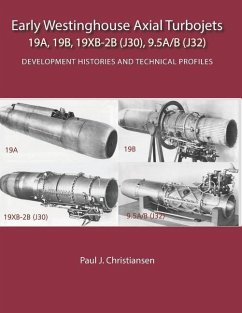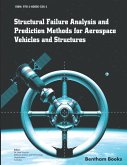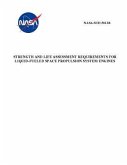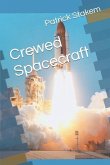The full development history of Westinghouse's four earliest engine models is documented in this volume, the data taken from the original source documents wherever possible. 361 Pages / 191 Illustrations. Early turbojet engine development by Westinghouse began in 1940 as experimental analysis first for the National Advisory Committee for Aeronautics and continued for the U.S. Navy's Bureau of Aeronautics after December 7, 1941. The early impressive successes of the engine models covered in this volume triggered Navy support for later, higher thrust engines. Westinghouse would become a major supplier of turbojet engines for the Navy until the early 1950's. The engine Model 19A deserves to be honored as the first successfully run axial turbojet in the United States, developed in almost total isolation from the jet engine development work being pursued by other firms and nations. The performance of this engine allowed the U.S. Navy to pursue rapid development along several lines and soon the 19B was developed into the 19XB-2B (J30), used in the early McDonnell FD-1 Phantom carrier based fighter. The 9.5A/B (J32) was begun as a scaled down version of the 19A for use in light weight fighter planes and then was shifted for use in several limited target drone applications. The ability of Westinghouse to successfully use the base aerodynamic layout of the 19B in the two other engines was to be demonstrated yet again in their later designs.
Hinweis: Dieser Artikel kann nur an eine deutsche Lieferadresse ausgeliefert werden.
Hinweis: Dieser Artikel kann nur an eine deutsche Lieferadresse ausgeliefert werden.








